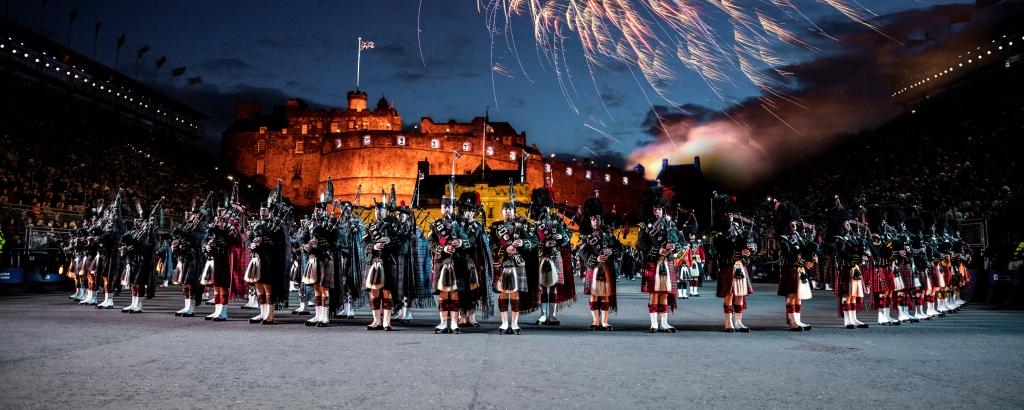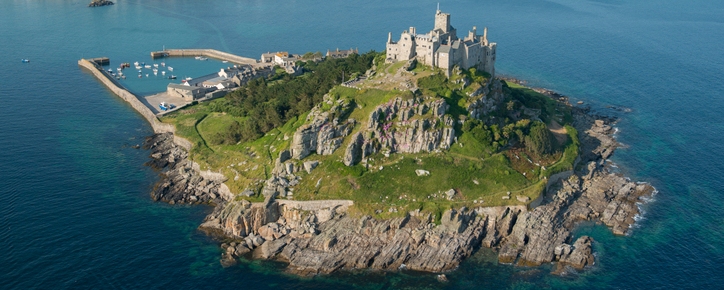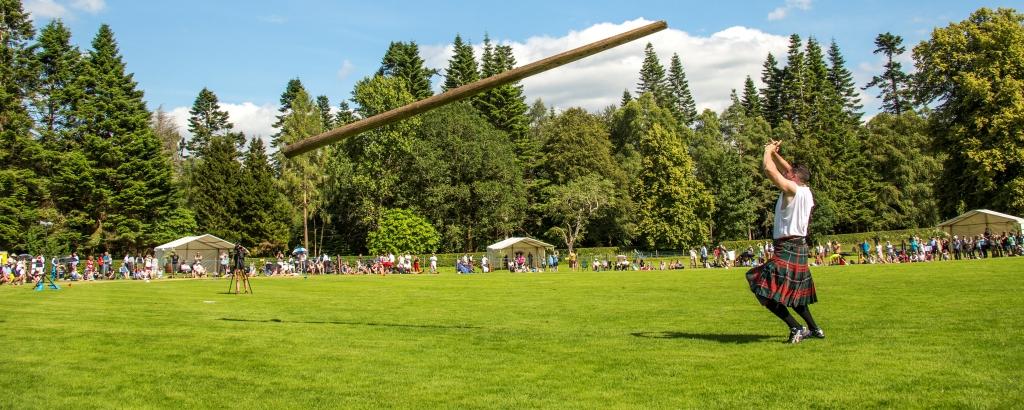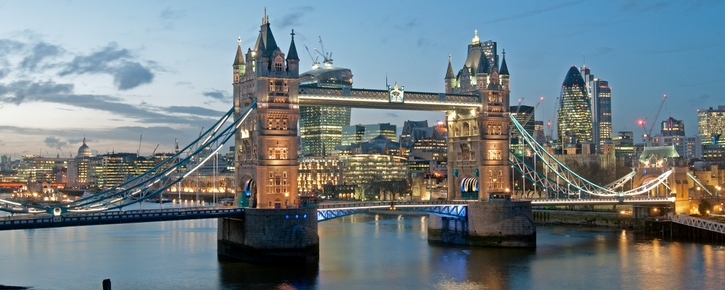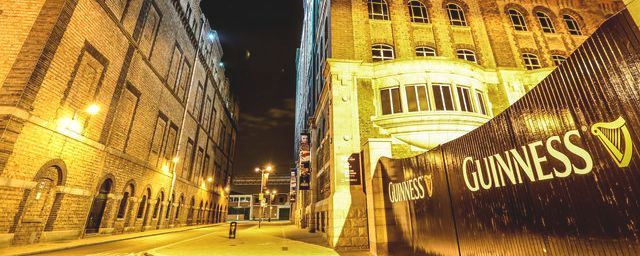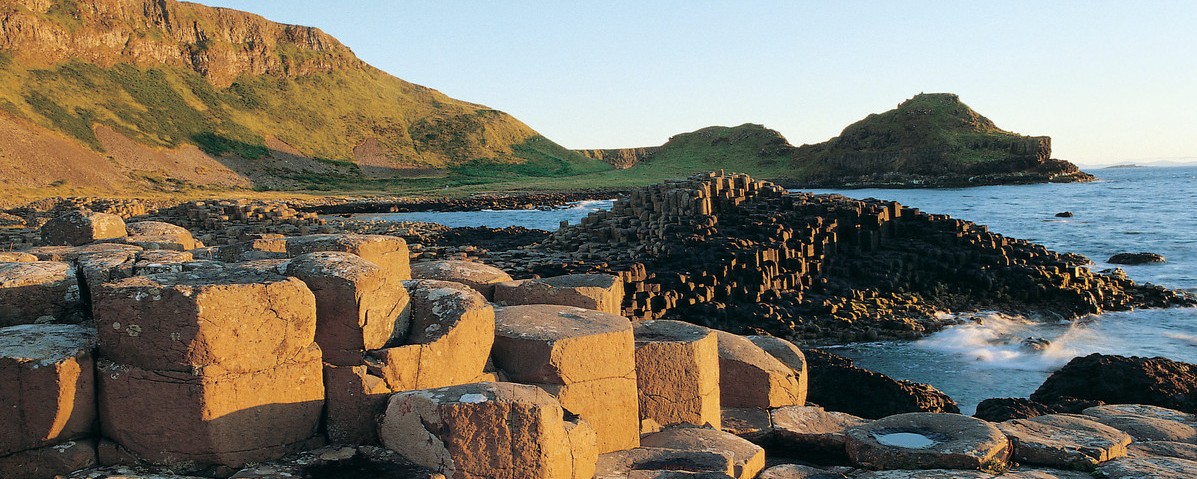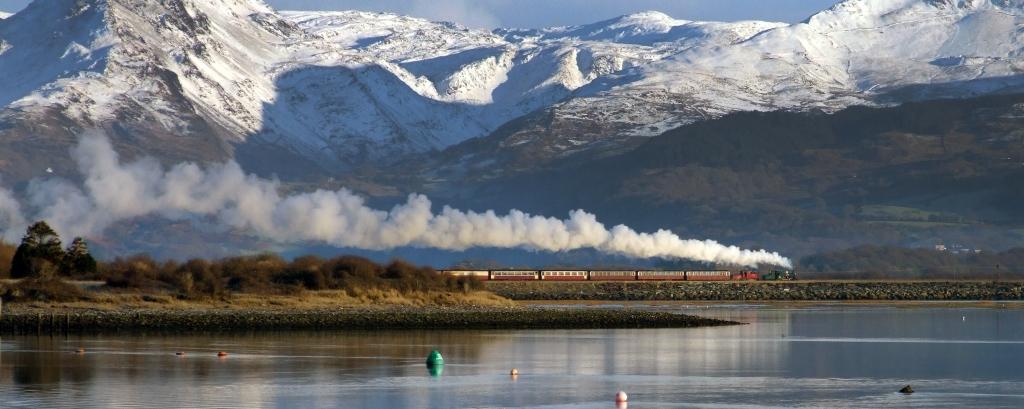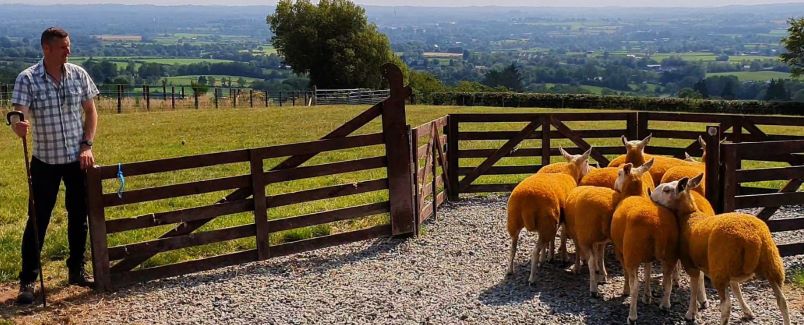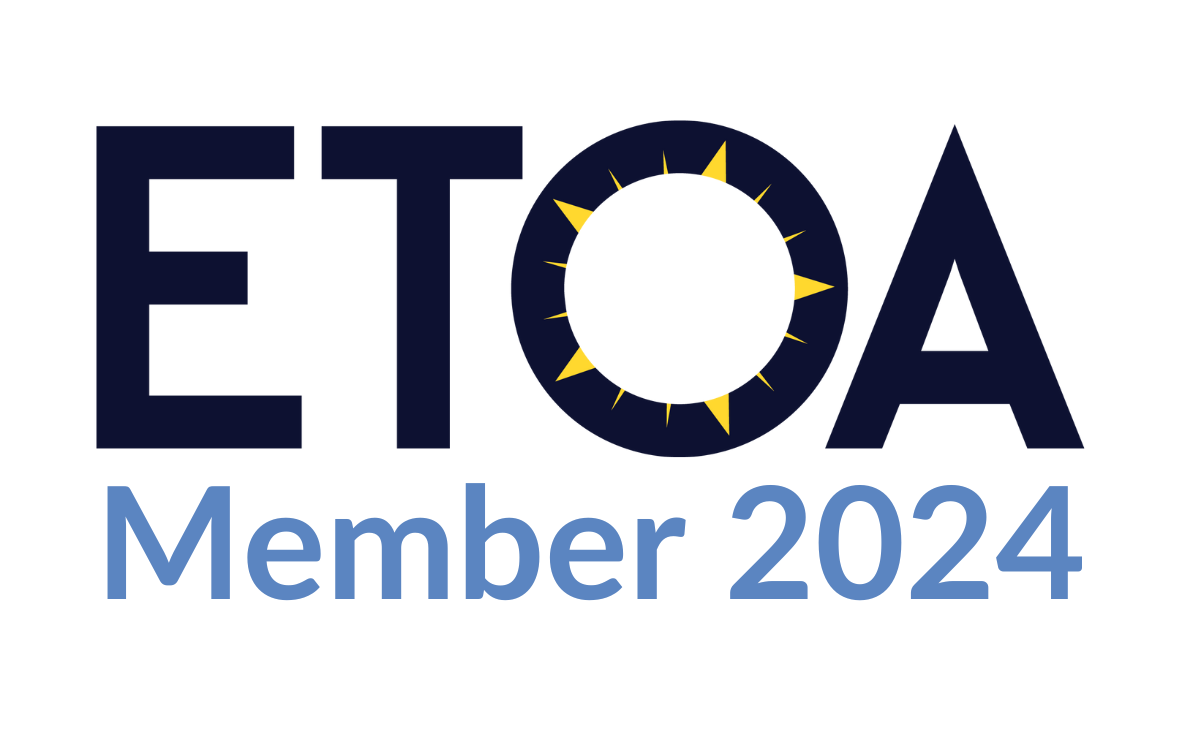British Textile Biennial 2023 focuses on sustainability and colonial legacy
The third British Textile Biennial traces the routes of fibres and fabrics across continents and centuries to and from the north of England in a series of commissions and exhibitions throughout October in the spaces left behind by the Lancashire textile industry.
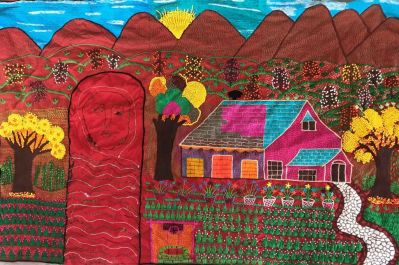 Common Threads, 2023 (photo credit – Alice Kettle)
Common Threads, 2023 (photo credit – Alice Kettle)
The industrial revolution transformed rural East Lancashire into an engine of fast fashion at the epicentre of a web that stretched across the globe; commandeering human and environmental resources across continents in a cycle of labour, manufacture and trade that persists today.
From the so-called ‘slave cloth’, spun and woven by hand on the Pennine moors, to the bales of today’s used fast fashion that make their way from British high streets to the markets and mountains of waste in West Africa, British Textile Biennial 2023 follows that journey.
The event throws a spotlight on the UK’s creativity, innovation and expression in textiles against the backdrop of the awe-inspiring infrastructure of the cotton industry in Pennine Lancashire. With its epic mills and grandiose civic architecture along the country’s longest waterway, the Leeds & Liverpool Canal, the landscape tells the story of textiles. Taking place in venues across East Lancashire, the two-yearly festival celebrates that story while showcasing its contemporary expression with the community that has textiles in its DNA.
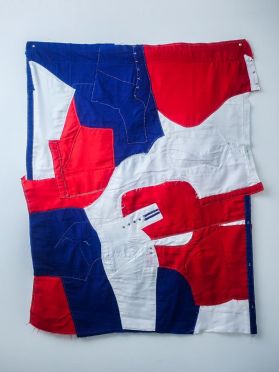 Work, Rest and play, sub-series I, Kajal Nisha Patel, Fragments of Our Time, 2023 (photo credit – Kajal Nisha Patel)
Work, Rest and play, sub-series I, Kajal Nisha Patel, Fragments of Our Time, 2023 (photo credit – Kajal Nisha Patel)
Highlights of this year’s British Textile Biennial, which runs from 29 September to 29 October, include installations by Nest Collective, Victoria Udondian, Tenant of Culture and Thierry Oussou, a new performance by Common Wealth Theatre, new commissions by Christine Borland, Rebecca Chesney, Nick Jordan and Jacob Cartwright, sculpture by Jeremy Hutchison and a major exhibition by South Asian artists from Pakistan, India, Bangladesh and Britain.
Built by its Non-Conformist rural parishioners in 1765, Goodshaw Chapel, on the windswept Pennine moors, was constructed in part from the proceeds of the trade of so-called ‘slave cloth’; the coarse, hard-wearing hand spun and woven woollen and flax cloths which found ever-expanding markets of the plantations in the burgeoning colonies in the 1700s. In a co-commission with English Heritage, artists Nick Jordan and Jacob Cartwright have worked with local artists and historians to create an installation in the charity’s building that tells its story through the centuries.
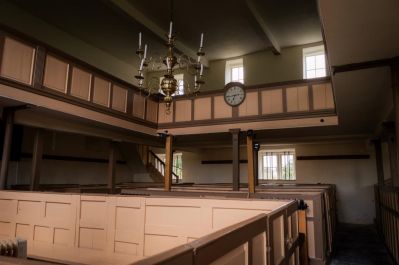 Goodshaw Chapel, BTB23 (photo credit – Jack Bolton)
Goodshaw Chapel, BTB23 (photo credit – Jack Bolton)
Built at the same time as the chapel, Penistone Cloth Hall was where pieces of cloth hand spun and woven in Lancashire and Yorkshire were sold. A tiny fragment of such cloth, known as Penistone Cloth, has recently come to light. This type of fabric was used to clothe millions of enslaved people in the Caribbean and America for two hundred years. This precious and hugely significant piece will be shown in Blackburn Museum, accompanied by a timeline charting the complex global history that it represents.
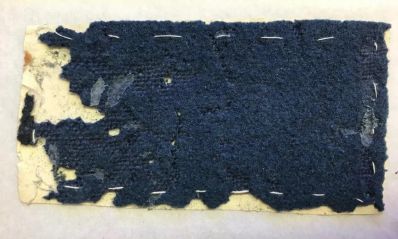 Penistone Cloth (photo credit – The Guardian)
Penistone Cloth (photo credit – The Guardian)
The exhibition in The Cotton Exchange Blackburn charts our ongoing relationship with cotton in a space which itself is bound up in that story. Its opening in 1865 coincided with the Northern blockade of cotton from the plantations of the South in the American Civil War in a stand against the enslavement of people transported from Africa, which was supported by the local mill workers and, as a result, was never used for the purpose of cotton trading.
For the first time, raw cotton will be presented on the floor of the Exchange, this time coming from three hectares of land in Benin, farmed by artist Thierry Oussou with local workers and agriculture students. In this way, Oussou re-connects the dots of cotton manufacturing, pointing out the sequence of actions that we, as consumers, often forget about.
Nigerian artist Victoria Udondian’s monumental wall hanging presides over the space, made by refugee and immigrant textile workers in New York from discarded clothing, often made in their countries of origin. In its shadow, Common Wealth Theatre’s catwalk provides a platform for visitors to make their own fashion statements throughout the month.
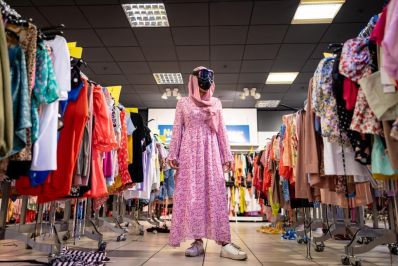 Fast, Fast, Slow, Common Wealth Theatre, 2023 (photo credit - Karol Wyszynski)
Fast, Fast, Slow, Common Wealth Theatre, 2023 (photo credit - Karol Wyszynski)
Down the road from Goodshaw Chapel at Helmshore Mill, the Tenant of Culture presents Soft Acid, which deconstructs the process of modern fabric production. Throughout the 1700s, the government passed successive Acts of Parliament to regulate the cottage industry production in the north of England, to stem the production of cotton goods, muslin and calico, and their export from India, and instead to transport raw cotton from the newly planted plantations of the American colonies to Liverpool and on to Lancashire.
Meanwhile, inventive entrepreneurs such as Arkwright from Preston and John Kay from Warrington were hurriedly trying to mechanise production, to bring the spinners and weavers out of cottages and barns and on to machines. Higher Mill at Helmshore opened in 1789 and became expert in recycling cotton garments to re-spin the fibres.
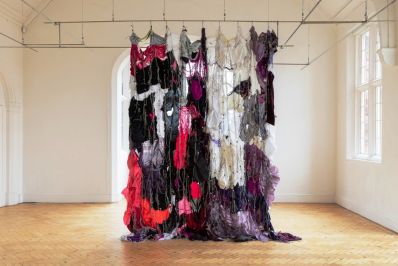 Soft Acid, Tenant of Culture, 2022 – 2023 (photo credit – Camden Art Centre)
Soft Acid, Tenant of Culture, 2022 – 2023 (photo credit – Camden Art Centre)
The Whitaker Art Gallery in Rossendale was built in 1840 by George Hardman who owned the mill it still overlooks. Curator Uthra Rajgopal has brought together work by contemporary South Asian artists from Pakistan, India, Bangladesh and the USA to explore our impact on the environment, our relationship to textiles and the fragments we leave behind.
 The Whitaker Museum & Art Gallery, BTB23 (photo credit - Jack Bolton)
The Whitaker Museum & Art Gallery, BTB23 (photo credit - Jack Bolton)
In Christine Borland’s installation at Pendle Heritage Centre, four films are cast onto a Projection Cloth of fustian, a mix of linen warp and cotton weft, woven into the fabric of this medieval cruck barn. Developed through the artist’s intimate engagement with the growing, spinning and weaving of plant fibres, the films reflect on the lives of women in transition from hand working, through mechanisation and industrialisation into the digital age.
The work touches on the enduring symbolism of the spinning wheel and distaff in the demonised image of women as witches, having particular resonance in Pendle where 10 women and one man, some of whom were handloom spinners, were the last to be hanged in England for the offence of witchcraft in 1612.
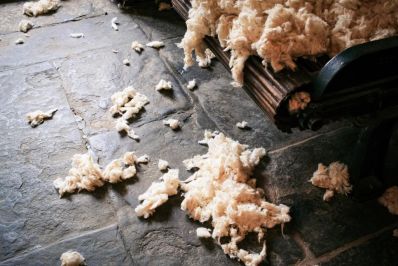 Projection Cloth, Christine Borland, 2023 (photo credit – Jack Bolton)
Projection Cloth, Christine Borland, 2023 (photo credit – Jack Bolton)
Nothing holds memories better than fabric. Passed down through generations for celebration or passed on for safe care in dangerous times, it is mobile, mendable and holds memories within its threads. Material Memory is a display of textile items in the haunting space of Blackburn Cathedral’s crypt, loaned by members of the public, alongside the stories they tell. Made precious by the care taken to keep them safe, the value placed on them by those who have prolonged their life and the deep connections they have created, sometimes across centuries and continents. Challenging the throw away culture of our time, this exhibition demonstrates the deeply human desire to hold the simplest things dear.
British Textile Biennial is delivered in collaboration with Super Slow Way, an ambitious programme in Pennine Lancashire which aims to transform lives and communities through art. For more information about the many other exhibitions and installations taking place, visit the British Textile Biennial website.
If your or your group would like to enjoy a tailor-made tour exploring the textile manufacturing heritage of East Lancashire, perhaps as part of a quilting and patchwork tour, or an industrial heritage tour, please contact our team today. Or why not enjoy a tailor-made culture tour, enjoying the art and design of the UK. If you can’t visit in time for this year’s Biennial, it is never to early to start planning a visit for the next one, in 2025!
